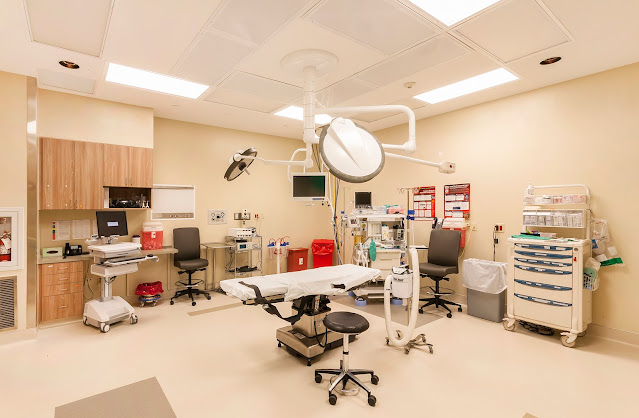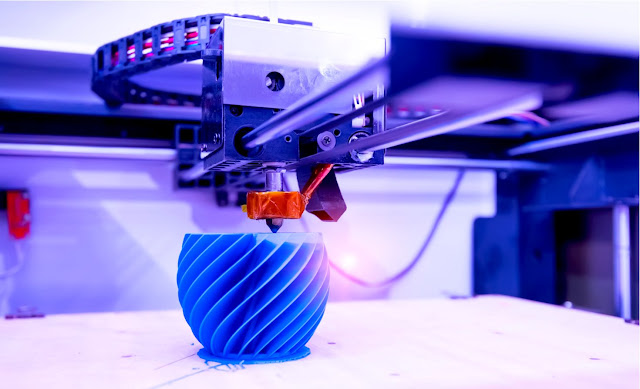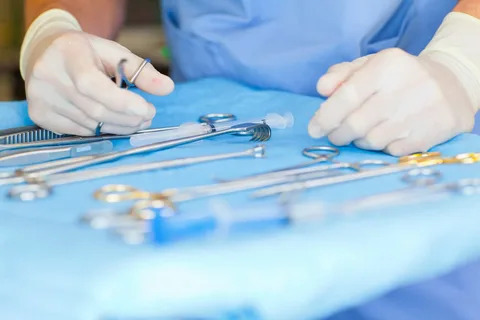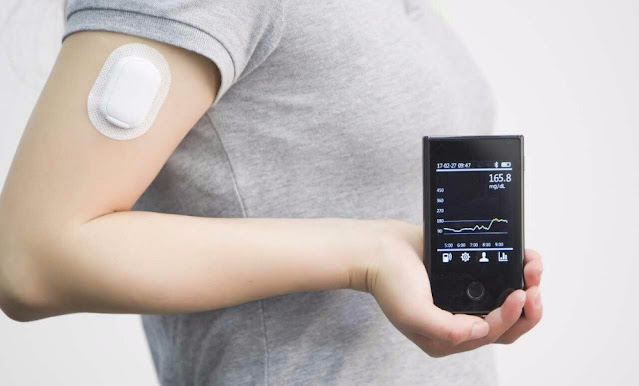Ambulatory Surgical Center Market: Global Trends and Growth Projections

Ambulatory Surgical Center Market The ambulatory surgical center market is experiencing significant global trends and growth projections due to various factors such as technological advancements, cost-effectiveness, and an increasing focus on outpatient procedures. Ambulatory surgical centers are healthcare facilities that offer same-day surgical care without the need for overnight hospitalization, catering to a wide range of medical specialties. One of the primary drivers of the ASC market's growth is the shift towards outpatient care. Advances in medical technology and surgical techniques have made it possible to perform a broader range of procedures on an outpatient basis, reducing the need for traditional hospitalization. ASCs provide a convenient and cost-effective alternative for patients, leading to increased demand for their services. Additionally, ASCs offer several benefits, including lower costs compared to hospitals, faster patient turnover, and reduced waiting times



%20Scanners.jpg)









.jpg)

